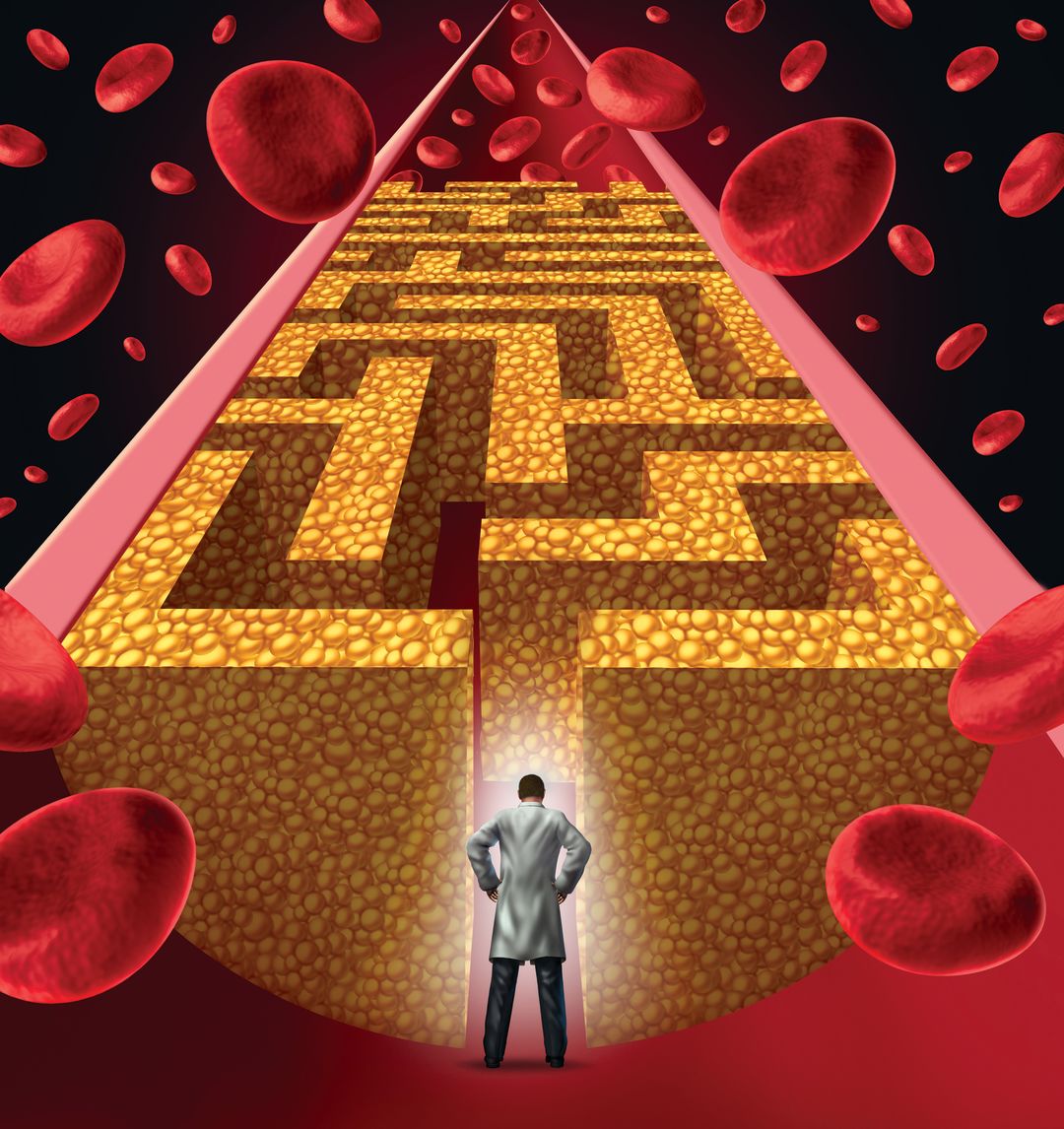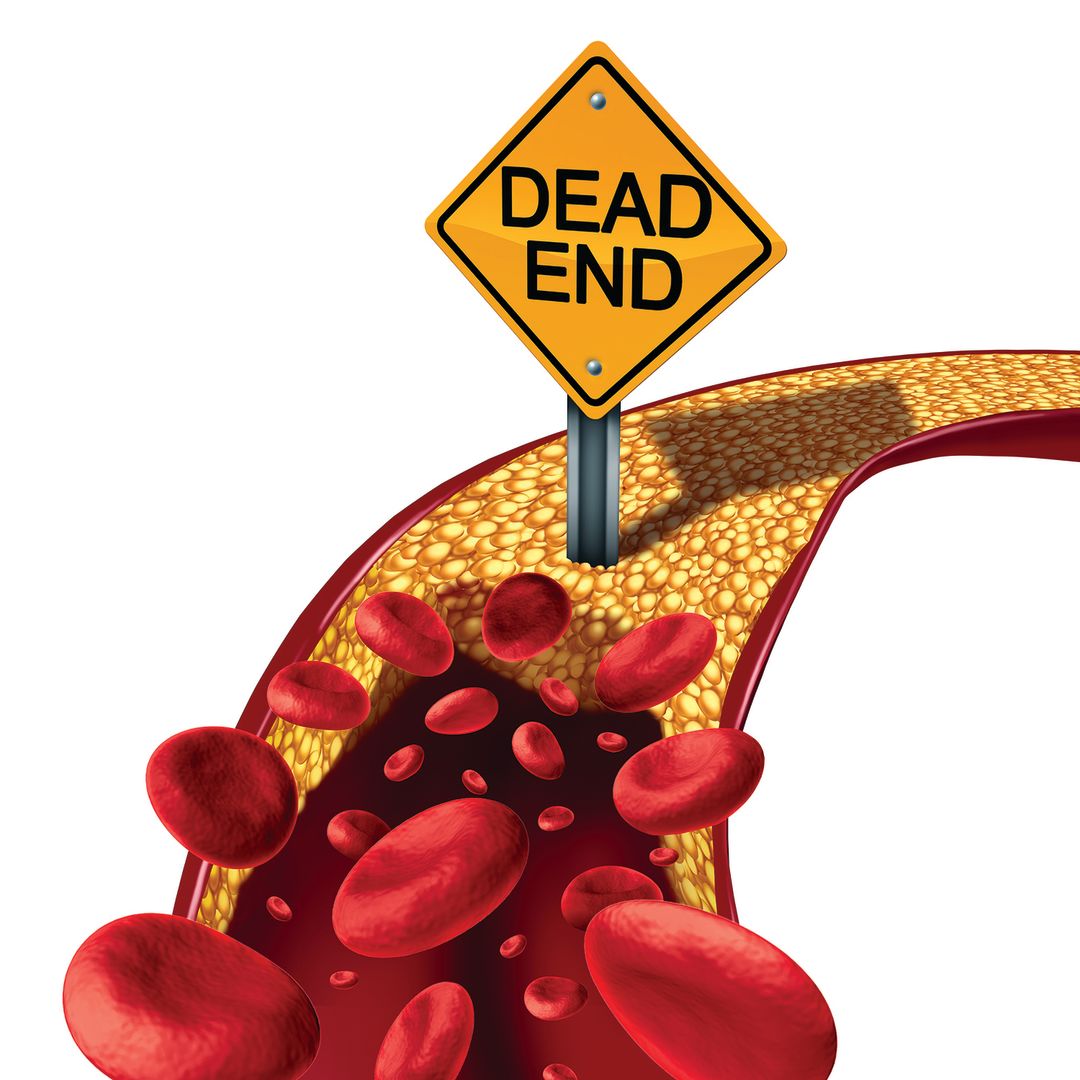Stroke Care Has a New, Game-Changing Procedure

Image: Shutterstock
If it happens to you, chances are it’ll happen on an otherwise ordinary day. You go for a morning walk or shop for groceries. Then, as you’re getting ready for dinner, you look at yourself in the mirror. Suddenly, your vision blurs, your knees buckle, and you’re on the floor, cheek pressed against the cold tile. You try to push yourself up, but your right arm won’t move. You start to cry, but then you lose consciousness before you can even formulate the question: What is happening?
You’ll only get the answer well after the fact: You’re having a stroke.
This is how a stroke felt to Deborah Tyler on the afternoon of Jan. 2, 2017. The retired accountant was just 65, leading an active lifestyle at her winter home in Venice. She’d felt great all day; she’d been to a Jazzercize class and then ran errands at Publix. When her husband, Kenneth, asked if she wanted to go out for dinner and swing dancing, she was all for it.
Ten minutes later, he found her incoherent on the bathroom floor.
Every 40 seconds, someone in the United States has a stroke. Strokes account for one out of every 20 deaths in the country—about 140,000 Americans each year—and are among the leading causes of serious, long-term disability. “That’s actually what people are most afraid of,” says neurologist Dr. Mauricio Concha, head of Sarasota Memorial Hospital’s Comprehensive Stroke Center. “They worry about needing care for the rest of their lives.”
But today, SMH’s Comprehensive Stroke Center—the only of its kind between Pinellas and Lee counties—is treating major, life-threatening strokes with a minimally invasive technique called thrombectomy. The catheter-based clot-removal procedure, approved by the FDA for stroke intervention in 2015, can quickly turn a stroke victim from immobile and incoherent to alert and communicative.
“There’s a significant number of times where the patient can show near complete recovery within minutes,” says Dr. Daniel Case, the neuro-interventional radiologist who performs thrombectomies as part of the SMH team. “In the most extreme cases, which are not unusual, they’re coherent, talking and moving everything.”
Concha, Case and their team are working hard to educate the community and to integrate the treatment into the medical community’s continuum of stroke care. Case acknowledges that change happens incrementally in the medical industry, but he remains passionate that even today some serious stroke patients aren’t taken to a facility that performs thrombectomies because they—or those in charge of their treatment—don’t know the procedure is available, or don’t believe it’s any more effective than clot-busting drugs.
“[The thrombectomy procedure] is just so new that it’s not well understood in the community,” he says. “There are still no great methods for making sure people who are candidates receive this procedure.”
By coordinating with other area medical facilities and with local EMS, the SMH stroke team hopes to ensure that local victims who could benefit from thrombectomies make it to the stroke center in time. Case estimates that thrombectomies performed in Sarasota save the lives of 10 people a year, while even more people are spared severe disability.

Image: Shutterstock
The vast majority of strokes (nearly 90 percent) are ischemic, resulting from blocked blood flow, often caused by a clot lodged in a blood vessel. When oxygen-rich blood can’t reach certain parts of the brain, brain cells die.
Though she and Kenneth didn’t know it when she collapsed, Tyler had a clot blocking blood flow in a large artery on the left side of her brain, paralyzing the right side of her body.
Strokes often cause asymmetric body function, so a face that droops on one side or an inability to raise both arms can indicate stroke. Speech may be slurred or incoherent. When those symptoms are observed, time is of the essence. Kenneth called 911.
In addition to providing transport to a medical facility, emergency responders perform the vital first steps of stroke management. “We start the treatments that are carried through by the hospital,” says Carson Sanders, division chief of EMS Operations for the Sarasota County Fire Department. Emergency responders are trained not only in recognizing the signs of a stroke, but in assessing its severity so the patient can be transported to the appropriate medical center.
“Historically, EMS used to take people not necessarily to the closest hospital, but to the closest primary stroke center,” says Sanders. Primary stroke centers are equipped to administer a “clot-busting” drug called a Tissue Plasminogen Activator, or tPA, within 4.5 hours of the onset of a stroke. Depending on the location and makeup of the clot, tPA alone can be highly effective.
“Sarasota County is lucky in that all 11 resource hospitals that we use are all accredited as primary stroke centers,” says Sanders. “So that [destination] is usually the closest hospital.”
But tPA is not as effective in the case of large-vessel occlusion (LVO), a severe stroke causing a major disruption in blood flow to a large portion of the brain; and the emergence of thrombectomies in the last three years has led to a change in Sarasota’s EMS guidelines. Comprehensive stroke centers like SMH are expected to be capable of intra-arterial interventions, of which thrombectomies are the latest and most effective iteration.
For the most severe strokes in otherwise seemingly healthy adults, Sarasota County EMS now prioritizes transport to SMH even above closer facilities. SMH worked directly with Sarasota County EMS to establish this protocol.
“The paramedics may ask you quite a few questions. We’re not wasting your time or trying to make it difficult,” says Sanders. “We’re just trying to make sure that we get people where they need to be so that they can get the very best care.”
Tyler was incoherent, partially paralyzed, and her eyes were fixed in a gaze to the left. The paramedics tried to determine when the symptoms may have started, what they call “last-seen-normal time.” Kenneth could verify that she’d seemed fine less than 20 minutes prior.
Tyler was put in a helicopter to be flown to SMH, as her husband set out on the 30-minute drive. Tyler drifted in and out of consciousness, trying to assess her surroundings. For a moment, she opened her eyes and willed herself to look to the right. She couldn’t.
On the ground a few miles north, two dozen members of the SMH stroke team received a page: patient incoming. (Neurologists, radiologists, emergency physicians, stroke nurses and a range of physical therapists, as well as Case, the neuro-interventional radiologist who leads the thrombectomy procedure, are all part of the team.)
By the time Kenneth had arrived, the SMH team had performed a CT scan to locate the origin of the stroke, and to verify that it was a clot (not a hemorrhage) and that there were no masses or other mitigating medical factors. They’d administered tPA, but this was a large-vessel occlusion. Tyler was indeed a prime candidate for a thrombectomy.
Kenneth had to approve the procedure. “What would you do if this was your wife or mother?” he asked Case. The doctor responded, “I’d sign the papers.”
Tyler was wheeled into an interventional suite and prepped for the thrombectomy, though the procedure itself involves no general anesthesia or even moderate sedation. The thrombectomy is, from a layperson’s perspective, fairly straightforward.
Case threads a catheter up through a large blood vessel—usually the femoral artery, entering through the right upper leg—until a “stent retriever” at the end of the catheter encounters the clot.
And then he simply plucks it out.
“As long as they’re calm,” says Case, “the procedure is done without them even knowing it’s going on, other than the fact that they’re lying on the table.”
Less than an hour had passed when Kenneth saw Case emerge. “We got it,” he said.
Patients can respond almost immediately to a thrombectomy. Their speech returns in the form of many questions. They’re disoriented—not because of the stroke itself, but because they’ve suddenly come to consciousness in a hospital room, not knowing how they got there.
And at that moment, the answer finally comes: You had a stroke.
Tyler came to on the table in the interventional suite, the feeling of desperate paralysis lingering in her mind. “I woke up in this big room where all the doctors and nurses were standing around me,” she says. “And I remember I lifted my leg, and I said, ‘Oh, wow, I can move my leg!’” Moments later, as she was being wheeled out, she locked eyes with Kenneth. Not three hours after he wondered if he’d ever speak to her again, the two chatted easily all the way down the corridor. “It’s a miracle,” says Tyler.
Tyler spent five days in the hospital, working with the stroke team’s nurses and therapists to ensure full physical function, speech and cognition. Stroke recovery is yet another mysterious part of the process. “There’s a lot of variables that go into play,” says Case. “I don’t think we really know why. The few days following, they’re in this kind of fog, which lifts.”
What has been proven, though, is that a thrombectomy can significantly reduce the occurrence of long-term disability, says Case. “So it’s not just saving lives, but it’s significantly improving quality of life.”
Within six months, Tyler was back to Jazzercise class. (“I would’ve gone back much sooner,” she says, but for an unrelated medical procedure.) This January she’ll celebrate her 67th birthday—perhaps by inviting her husband out for dinner and swing-dancing.
The potential for thrombectomies continues to spread. In January 2018, the FDA extended the treatment window: Since 2015, the procedure was only recommended within six hours of the stroke onset; now, doctors have up to 24 hours to try to remove the clot. More and more, thrombectomies are restoring brain function in stroke patients who, just a few years ago, would have been deemed beyond hope.
Some doctors believe the procedure may be effective for even longer. In the near future, we may see thrombectomies successfully performed more than a full day after the onset of a stroke.
But the effectiveness of a thrombectomy is primarily contingent on patients making it to the right facility, and in a timely fashion. While SMH continues to work with EMS and is encouraging other medical facilities to transfer thrombectomy-eligible stroke patients, any delay can have a negative effect on outcomes.
“As a physician who sees this every day, it weighs on me to know that there’s so many people out there who have never received this treatment,” says Case.
Indeed, Case believes firsthand observance may be the most effective way to convince people to believe in this procedure. While stroke patients who receive a thrombectomy may be lucky enough to return home with no lingering effects, he points out that the people who witness the miraculous turnaround—a comatose, paralyzed person suddenly sitting up and speaking—undergo a permanent transformation.
“It’s just mind-blowing when you see it,” he says. “When you see it for yourself, you will never be the same again.”



